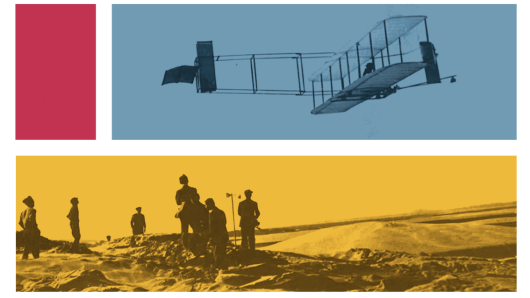Course description
When disasters strike—whether epidemics of infectious diseases, natural disasters, failures of critical technology systems, terrorism, or civil conflict—society must respond to the needs of individuals, families, and communities whose lives have been severely disrupted. Then in ensuing weeks, months, and years, an affected city or region must initiate recovery from the physical damage, social and economic disruption, and demoralization of a catastrophe. This course focuses on the management of humanitarian relief—shelter, food, medical care, and the restoration of critical public services and basic economic activity—once disaster rescues have been accomplished; and it looks at the dynamics of community recovery in the aftermath of major disasters. But these processes are not exclusively post-disaster; society must take steps in advance to be prepared to provide relief rapidly and make recovery as speedy and complete as possible. Through intensive study of cases of actual disasters and of conceptual frameworks about relief and recovery, the course looks at examples in the United States and in other countries and considers the provision and coordination of international aid in disaster settings.







